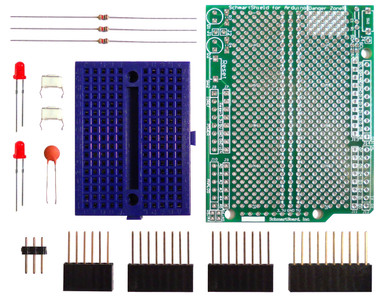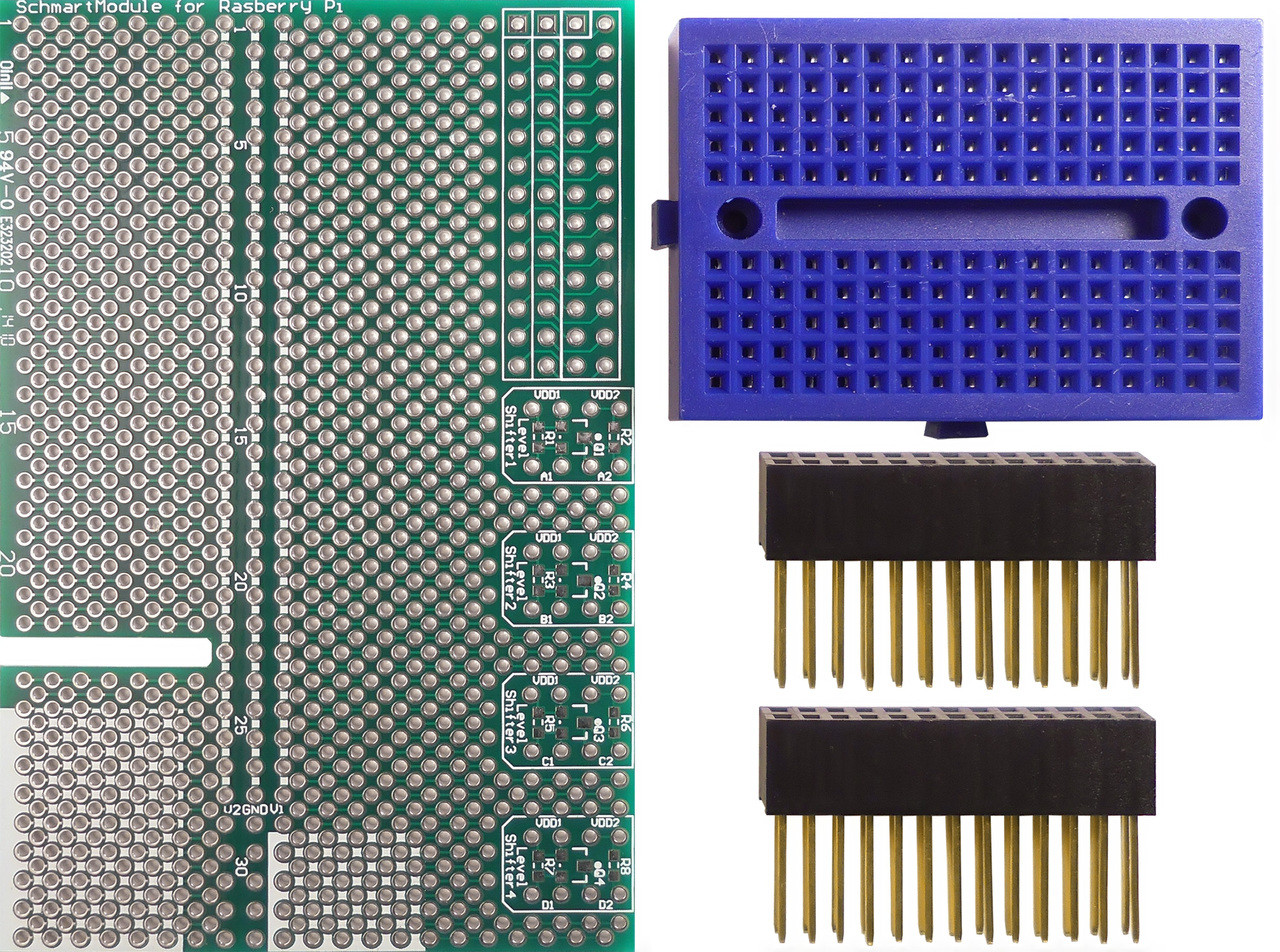 Loading... Please wait...
Loading... Please wait...Categories
Comparing Arduino, Raspberry Pi, and PIC for Prototyping
Posted on Jun 8th 2025
When building electronic prototypes, choosing the right platform is critical. Arduino, Raspberry Pi, and PIC microcontrollers are among the most popular options, each offering unique benefits depending on your project’s needs. Whether you're crafting a simple sensor-based system or a complex IoT device, understanding the strengths of each—and how Schmartboard can supercharge your workflow—can save time, money, and frustration.
Arduino: The Hobbyist’s Dream
Best for: Beginners, quick prototyping, education, sensor interfacing
Arduino boards are microcontroller-based platforms known for their simplicity and strong community support. With an intuitive IDE and a vast ecosystem of shields and libraries, they’re perfect for rapid development and experimentation.
Strengths:
-
Plug-and-play simplicity
-
Wide availability of tutorials and sample code
-
Strong ecosystem of modules (sensors, motors, displays)
Limitations:
-
Limited processing power
-
Not ideal for complex multitasking or OS-level applications
Schmartboard Support for Arduino:
Schmartboard’s Arduino Prototyping Shields allow users to solder surface-mount devices (SMDs) with ease, making it possible to integrate custom circuitry directly onto Arduino-compatible boards. This is ideal for engineers who need to move beyond breadboards into more robust designs while maintaining ease of development.

Raspberry Pi: A Full-Fledged Mini Computer
Best for: Projects requiring a full operating system, multimedia processing, or internet connectivity
The Raspberry Pi is a powerful single-board computer capable of running a full Linux OS. It’s ideal for projects involving web servers, camera processing, or Python scripting.
Strengths:
-
High processing power
-
Built-in Wi-Fi, USB, HDMI, and GPIO
-
Can multitask and run complex applications
Limitations:
-
More power-hungry
-
Slower startup times compared to microcontrollers
-
Requires OS-level configuration
Schmartboard Support for Raspberry Pi:
Schmartboard offers GPIO Breakout Boards and interface adapters that simplify integrating SMD components with the Raspberry Pi’s 40-pin header. These tools are especially useful when building custom hardware interfaces or adding sensors and actuators for real-world projects.

PIC Microcontrollers: The Engineer’s Choice
Best for: Low-power embedded systems, industrial control, legacy support
PIC microcontrollers from Microchip are known for their low cost, power efficiency, and wide range of models tailored for embedded applications. They offer deep configurability but often require more technical experience than Arduino or Raspberry Pi.
Strengths:
-
Broad range of performance and I/O configurations
-
Excellent power efficiency
-
Industrial-grade reliability
Limitations:
-
Steeper learning curve
-
Requires external programmer/debugger
-
Less plug-and-play compared to Arduino
Schmartboard Support for PIC:
Schmartboard provides PIC Development Boards and SMD-to-DIP adapter boards that simplify the task of integrating PIC chips into breadboarded or soldered designs. Their patented "EZ" technology also makes hand-soldering small SMD PICs practical even for hobbyists or educators.

| Feature | Arduino | Raspberry Pi | PIC Microcontroller |
|---|---|---|---|
| Ease of Use | ⭐⭐⭐⭐⭐ | ⭐⭐⭐⭐ | ⭐⭐ |
| Processing Power | ⭐⭐ | ⭐⭐⭐⭐⭐ | ⭐⭐ |
| Power Efficiency | ⭐⭐ | ⭐ | ⭐⭐⭐⭐⭐ |
| Best Use Case | Rapid prototyping | OS-based systems | Low-power embedded |
| Schmartboard Options | Shields, SMD support | GPIO adapters, SMD prototyping | Dev boards, SMD-to-DIP, EZ Solder |
Final Thoughts: Schmartboard as Your Prototyping Ally
No matter which platform you choose, Schmartboard helps bridge the gap between concept and reality. By offering specialized boards and soldering technology for Arduino, Raspberry Pi, and PIC, Schmartboard empowers makers, engineers, and students alike to build smarter and prototype faster.
Ready to bring your prototype to life?
Check out Schmartboard’s full lineup of prototyping tools and make your next build smoother, smaller, and smarter.
Recent Posts
- » Do Inspect Solder Joints Under Magnification for Intermittent Issues
- » Don’t Assume Power Supplies Are Perfectly Clean
- » Do Choose the Right PCB Stack-Up Early to Support Signal Integrity
- » Do Route High-Frequency Signals with Controlled Impedance
- » Don’t Overcrowd the Board — Leave Room for Debugging
